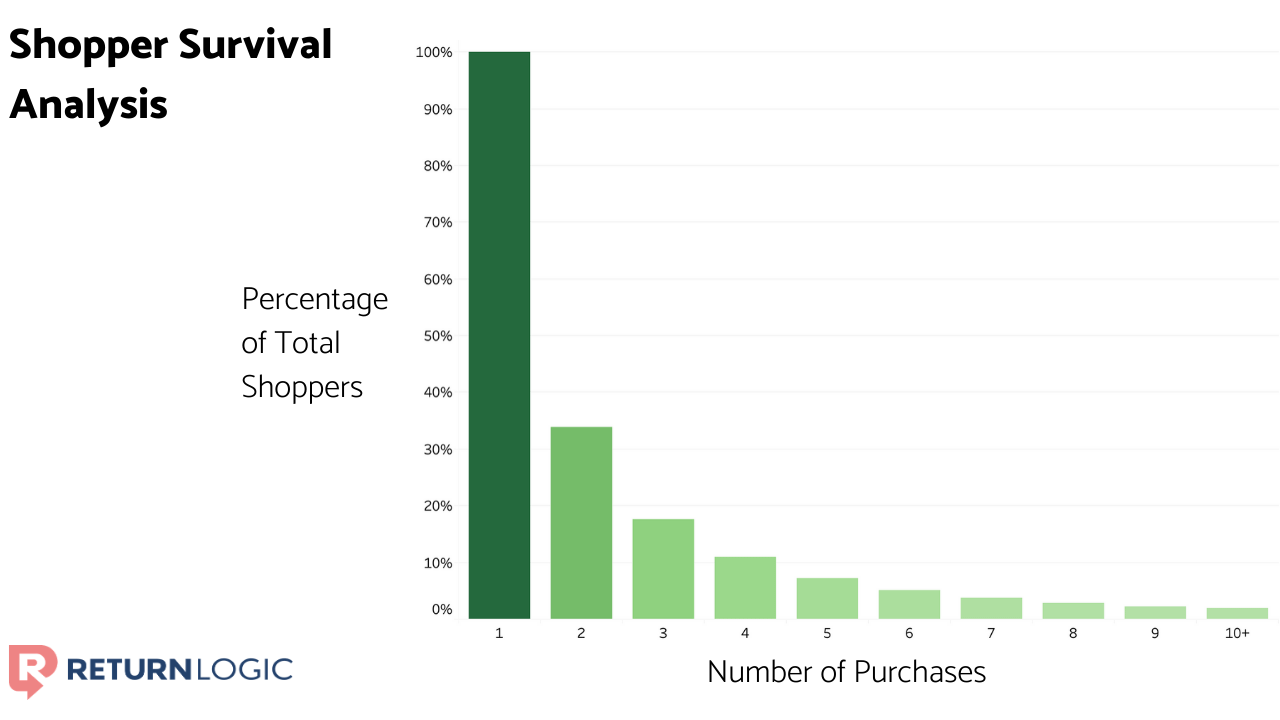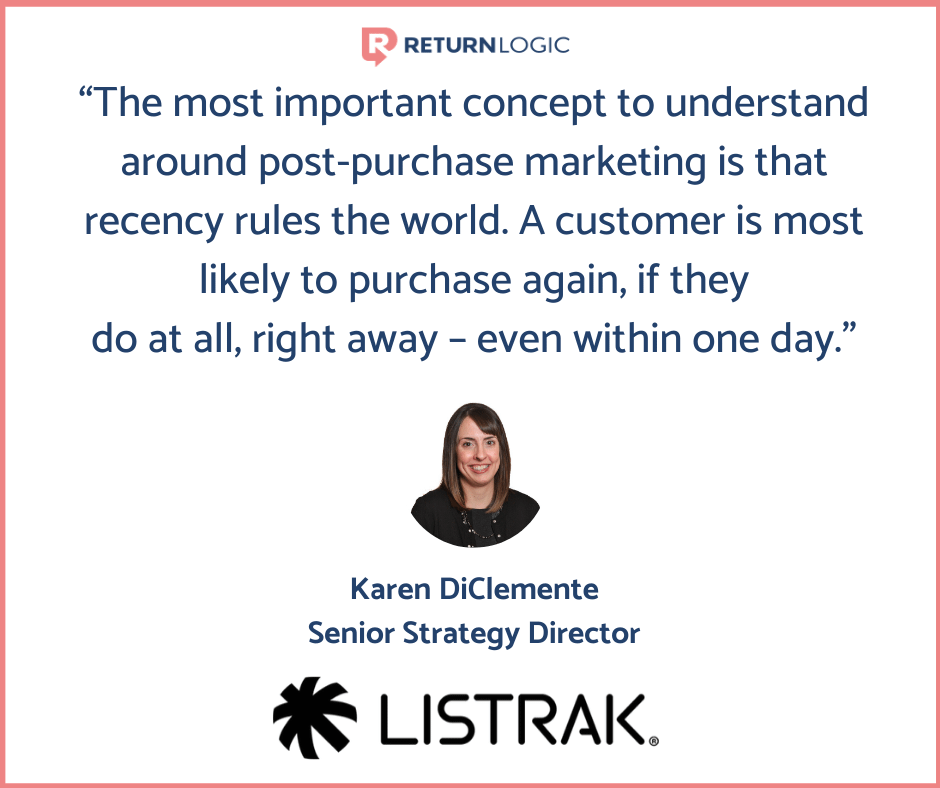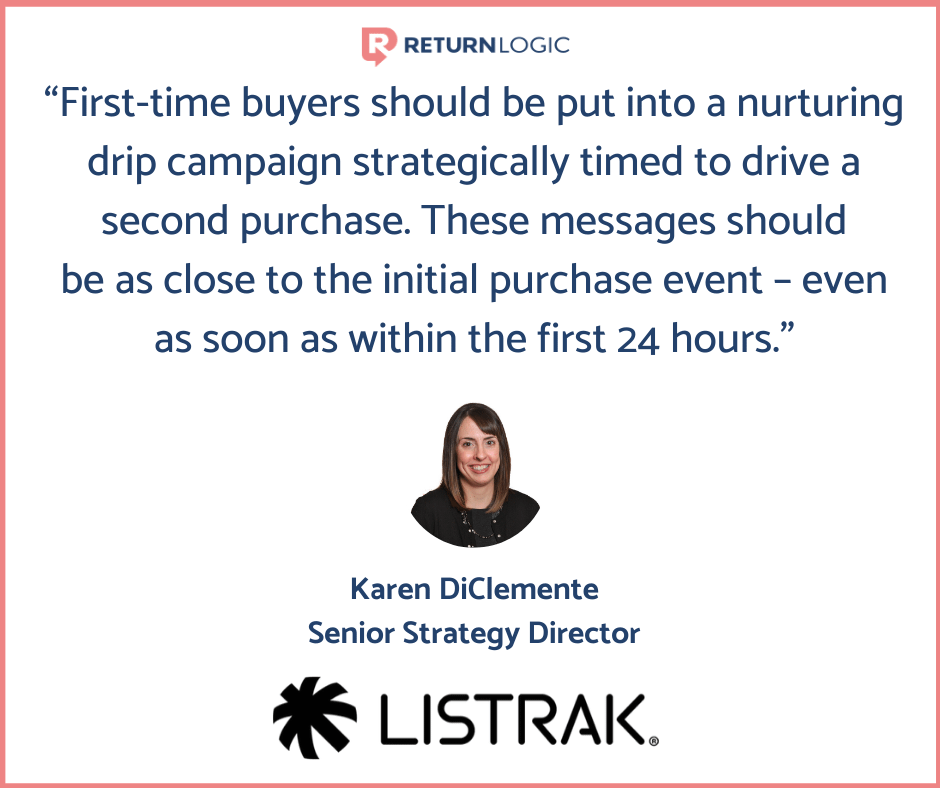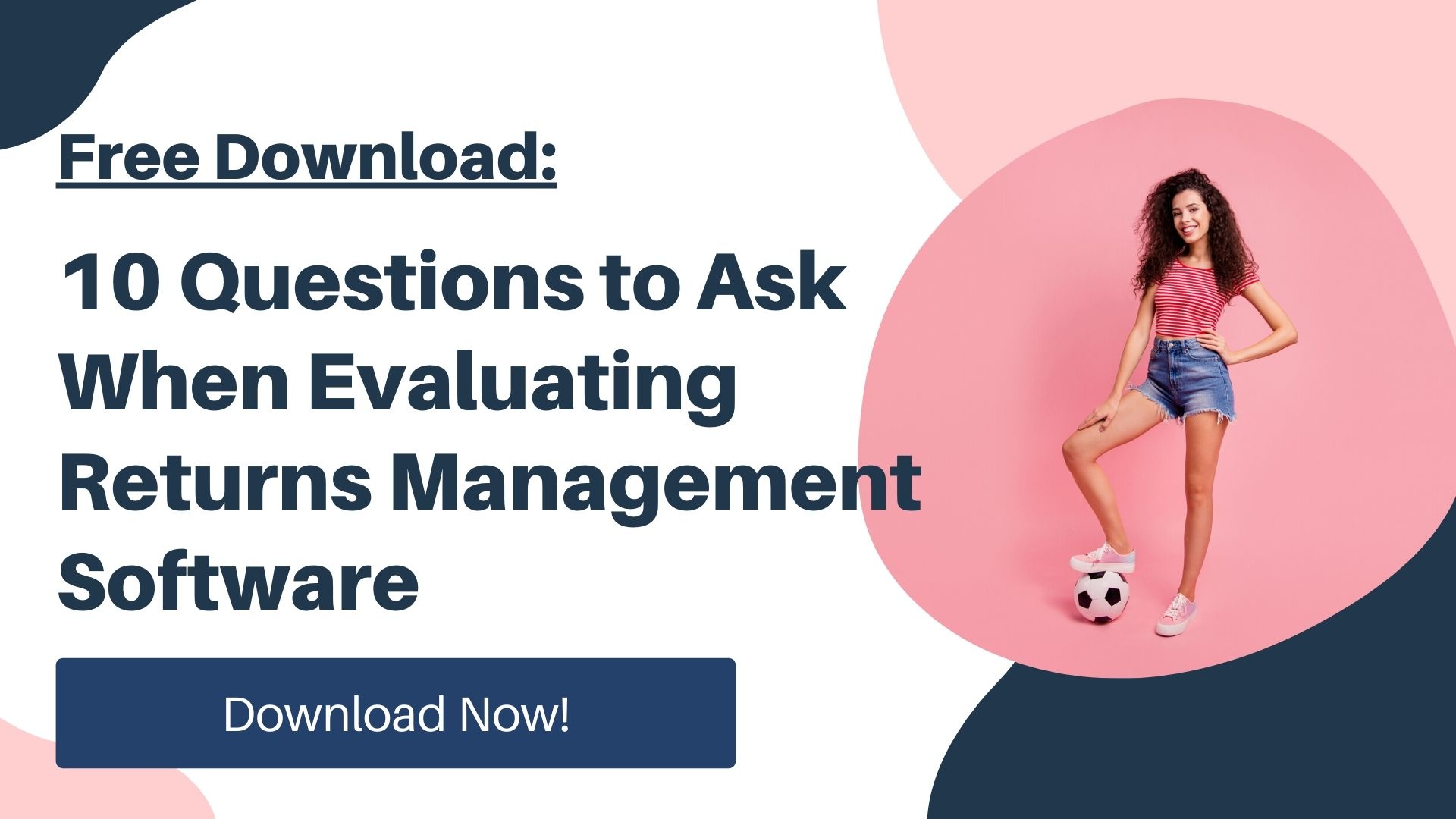How to Maximize Shopify Repeat Customer Rate

Repeat Customer Rate Drives Lifetime Value (CLV)
Customer retention is fundamental to success in ecommerce.
While customer acquisition is the primary way to grow your customer base, customer retention is how you will sustainably grow your revenue.
Effective retention is necessary to profit in ecommerce markets due to the ever-rising costs of customer acquisition.
Retaining customers could also be more profitable than acquiring new ones. For one women’s fashion brand, repeat customers have spent more than 4 times as much as one-time shoppers, on average.
But repeat customers aren’t just more profitable in the long-term: they’re often more profitable right now. For the same retailer, repeat customers have an average order value of more than 14% higher than those who only bought once.
But not all customers make multiple purchases. In reality, most customers only ever make one purchase.
This graph illustrates the percentage of total shoppers for this brand who have reached any given number of purchases:

Inherently, 100% of shoppers have made 1 purchase. But only 34% have made at least 2 purchases, and only 18% have made 3 or more purchases.
Across retailers, we see that the most dramatic decline in customer retention occurs between the first purchase and the second purchase.
Unlocking customer lifetime value starts with maximizing repeat customer rates.
We met with Karen DiClemente, the Senior Strategy Director at Listrak, to discover how ecommerce merchants can retain more first-time customers.
Challenges of Customer Retention
Due to the proliferation of ecommerce platforms like Shopify and BigCommerce, there has never been more competition among D2C brands.
Social media platforms have also made it easier than ever to get in front of potential shoppers.
Together, the two phenomena produce one result – noise.
Bands constantly bombard consumers’ inboxes and social media feeds in search of their attention – to either create a customer or drive repeat purchases.
As a result, it can be hard to capture a shopper’s attention long enough for them to make a purchase. Thus when you do, you need to make it count.
Customer churn is often the result of indifference, not aversion.

Above, we see the percentage of shoppers that make an additional purchase by the number of days since their previous purchase for a women’s athletic apparel brand.
Essentially, the figures indicate that over 27% of those who made a purchase made another one later on. However, only 12% repurchased 30+ days after their last transaction.
Thus, recency is central to retention – customers are most likely to repurchase soon after a purchase.

It’s crucial to keep this in mind when developing your customer retention playbook. Recency is key.
How to Drive Repeat Purchases
Unfortunately, it’s not enough to recognize that customer retention is necessary. You need a retention playbook, a formulated and mechanized plan to drive future activity from first-time buyers.
Immediately Post-Purchase
The first message after a purchase should be a post-purchase thank you message. This interaction confirms the order, sets expectations for shipment or delivery, and directs shoppers to learn more about your brand.
Karen DiClemente recommends providing product instructions either in the post-purchase thank you or as a separate message. The instructions could include tips on how to use or care for the product. Think less of a product catalog and more of a recipe book.
Once the customer has received their purchase, prompt them for a rating or review of the product. Emphasize that you’re interested in their feedback and want to use it as input for future products – not just as a selling tool.
Classic Nurture
At this point, we move past the post-purchase phase and onto the future customer relationship. Now is when you should nurture shoppers by providing loyalty opportunities and product suggestions, perhaps pointing to related products or new product launches.
Targeted Win-Back
At a certain point, you should transition more toward a win-back focus. Remember, recency is key. A customer who purchased yesterday is far more likely to buy again than one who purchased a month ago.
Karen DiClemente highlights timed incentive offers or replenishment messages in the case of consumable products. This stage centers around driving engagement and preventing customer churn.
Best Practices for Customer Retention
Now that we’ve walked through some of the core intervals and touch points of a customer retention playbook, let’s go over some best practices.
Timing is Everything
Recency is crucial when it comes to retaining customers. You should engage shoppers while they’re engaging you.

It all begins with the typical post-purchase messaging. But once the shopper has received their purchase, you should transition to a nurturing series and eventually a win-back campaign.
Keep the customer engaged with your brand, and strive to lay the groundwork and ease the path from one purchase to another.
Personalized Messaging
Shoppers like to feel as though you’re talking to them – and the truth is, personalization gets results.
You can use a customer’s purchase and returns history to inform how you will engage with them in the future.
This engagement could include product tips, strategically placed incentives, or product recommendations. And again, the key is timing the messages to meet the customer’s needs.
While sophisticated personalization capabilities are helpful for this, personalized messaging doesn’t have to be too complex.

The purpose of personalization is relevance. We want the shopper to feel like we’re speaking to them, not just our customer base.
Loyalty with Impact
An ingrained customer relationship and a high level of engagement are the fuel for customer loyalty.
Leverage loyalty opportunities in conjunction with purchase recency: re-engage current shoppers to create loyal, repeat customers.

Remember that customer loyalty is more than points and discount codes.
Loyalty is about aligning with the needs and interests of your customers, making them feel heard and involved in a meaningful community, and providing messages and incentives that are relevant to them.
Continue to be relevant to shoppers, and they’ll continue to engage with you.
To Conclude
Customer retention is vital in ecommerce. Repeat customers generate more revenue than one-time shoppers.
As we’ve seen, recency and relevance are significant drivers of customer retention.
The path from the first and second purchase is one of the biggest hurdles in the customer lifecycle.
By maximizing your Shopify repeat customer rate, you can dramatically improve customer retention, loyalty, and customer lifetime value.



